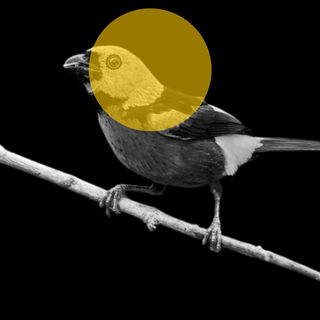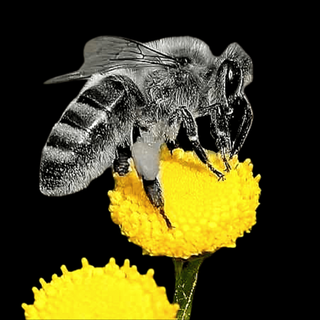Scientists have discovered an enormous structure — more than 3,500 light-years in length and 600 light-years in width — in the very galaxy we live in. In fact, one report on the discovery even compared it to “stumbling upon a room in your house.”
Named “Cattail,” the structure is located 30,000 light-years from Earth, and its discovery has been detailed in a paper soon to be published in The Astrophysical Journal Letters.
Previously unknown to humankind, the structure is so gigantic that scientists can’t believe they didn’t spot it sooner. Why did it take them so long? “If you’re swimming in a large volume of water, it’s difficult to judge the properties of distant floating objects with exacting precision, and the same goes for our star system, swirling around the galaxy,” writes science reporter Brad Bergan.
Given our specific location within the galaxy, it can be tricky to truly figure out its size, dimensions and contents. Perhaps, in the same way that the Earth seems flat to us when it’s actually spherical.
Related on The Swaddle:
Stars Experience a ‘Midlife Crisis’ When They Become Inactive, Astronomers Say
Nonetheless, researchers are still unsure what this structure really is. What they do know is that it’s a massive gas filament, but what they are wondering is whether it’s a previously unspotted spiral arm of the galaxy. After compiling more observations on the structure, researchers suspect Cattail could be even longer — as much as 16,300 light-years.
However, its shape and position in the galaxy are leading them to doubt their hypothesis since spiral arms are believed to be much closer to the galaxy’s centre than Cattail is. Moreover, “it is puzzling that the structure does not fully follow the warp of the galactic disk,” said the scientists.
So, could it just be a new kind of structure we didn’t know of? Would that change the way we imagine the Milky Way being shaped?
Researchers don’t have all the answers yet; just this: this discovery has given us new insights into the galactic wonder we call our home.




